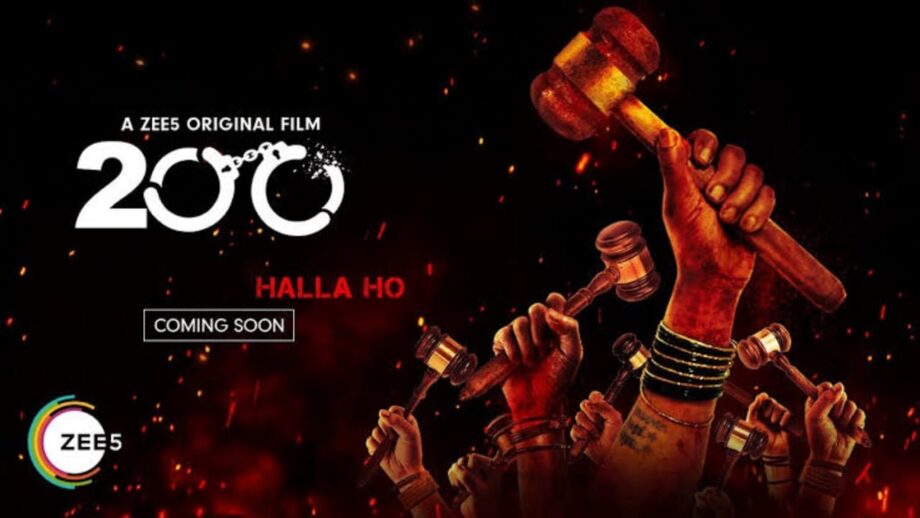‘200 Halla Ho,’ approximately dependent on an episode that had happened in Nagpur (2004), portrays the narrative of 200 Dalit ladies who, in a demonstration of resistance, lynched a hoodlum, looter, chronic attacker, and an executioner in an open court.
Without burning through any time, author chief Sarthak Dasgupta’s film takes us directly to the core of the Dalit ladies’ predicament. It deconstructs any ‘rank visually impaired’ normal Indian’s conviction framework by uncovering the barbarities done against the ladies from alleged ‘Dalit’ stations, where they need to endure to satisfy even their essential requirements. Also, this show delicately addresses the subject of assault and how lawbreakers blamed for assault and attack endeavor to stay away from arraignment by taking advantage of fundamental defects. The film manages the ethical division of their definitive deed conceived out of their amassed fury of many years.
There have been not very many standard Dalit characters and stories in more than 100 years of Indian films. As entertainer Amol Palekar puts it, “Craftsmanship, particularly film, helpfully and deliberately keeps these disrupting topics away.” But 200 Halla Ho endeavors to feature the issue of rank separation in the public eye and take advantage of issues of man-centric society, and advantage. It knows what it is investigating is valid. Full stamps for endeavoring a strong subject. However, there are minutes where the movie forgets about the story’s center sentiments, depression, and shock as chief Sarthak Dasgupta neglects to put the familiar aphorism of “Show, Don’t Tell” into training.
Keep reading with IWMBuzz.com.


